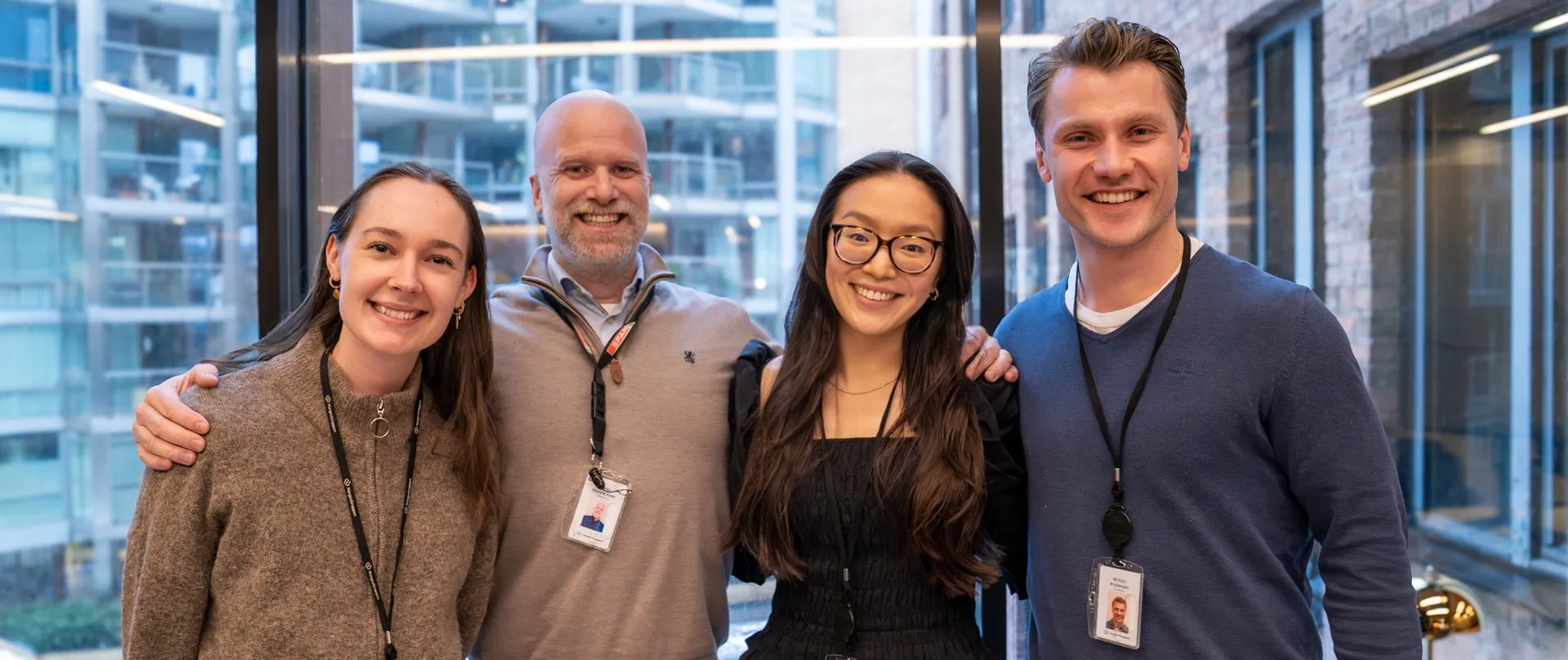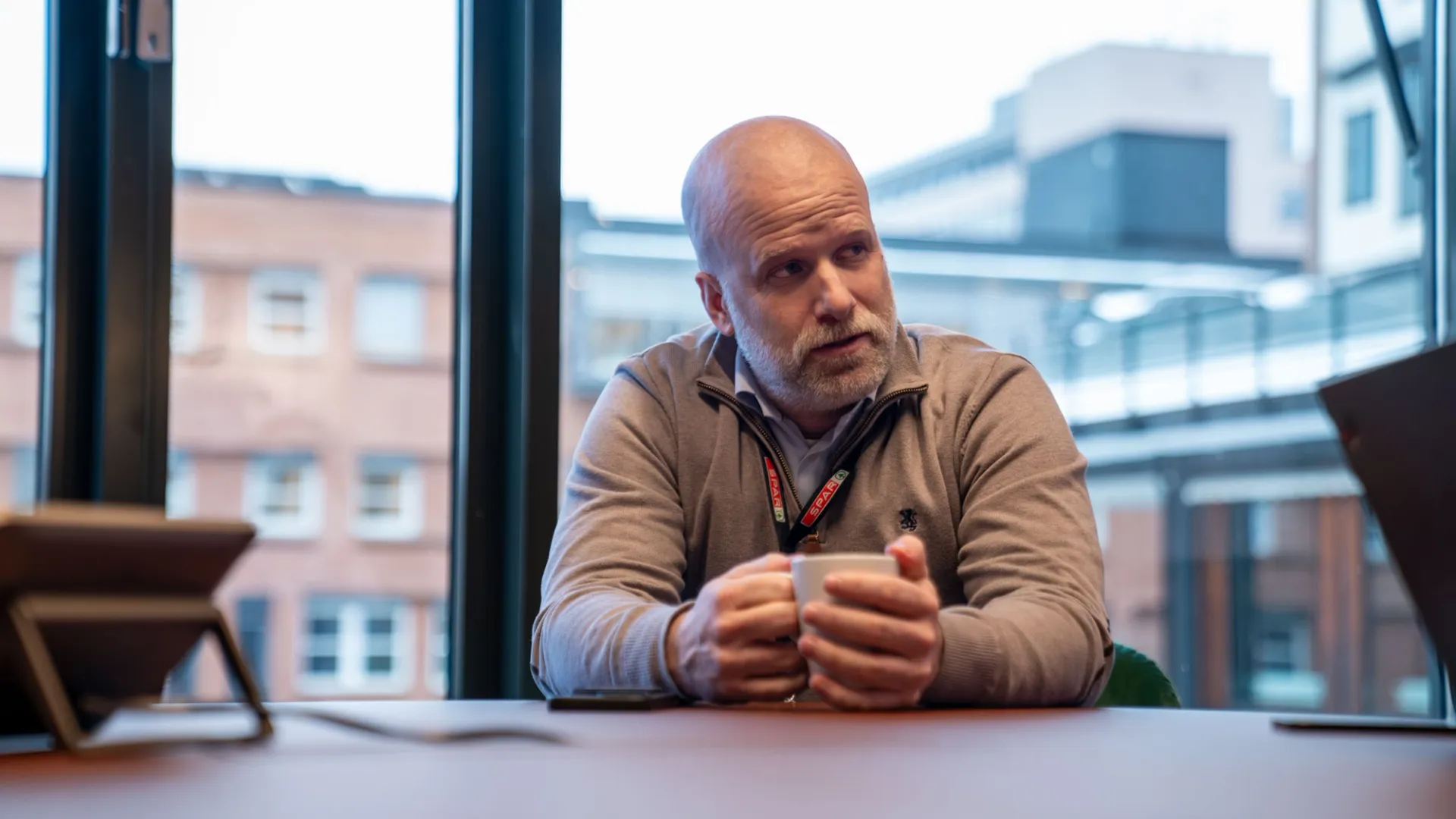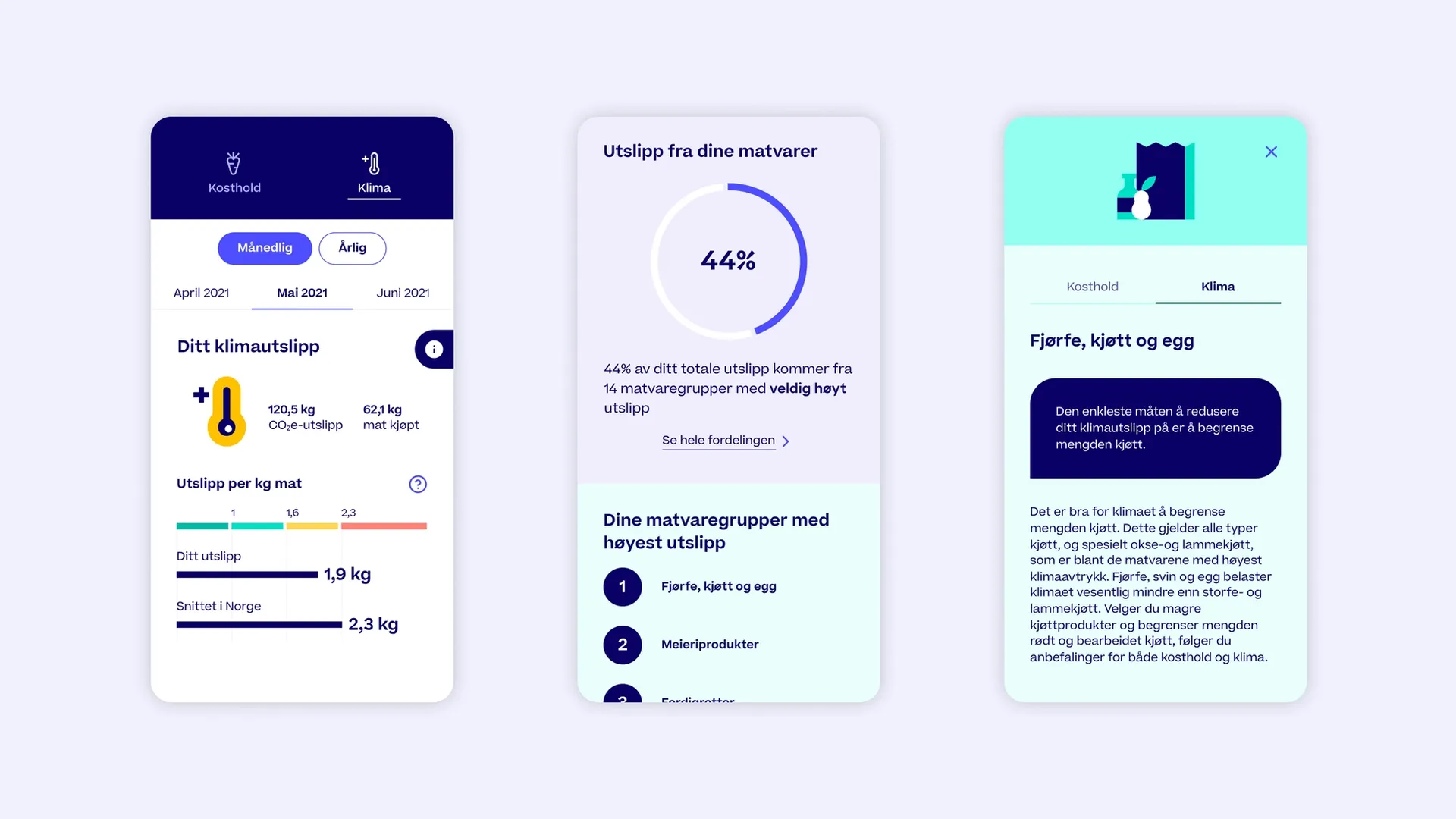Forte Digital helps SPAR combat food waste

By 2025, Spar has set ambitious goals to reduce food waste by a whopping 70 percent. One of the measures to achieve this goal is the implementation of a new feature in the SPAR app.
– One of the biggest challenges we face in society is that we waste too much food. This applies not only to consumers but also in stores, says Martin Munthe-Kaas, marketing manager at SPAR.
Munthe-Kaas refers to the UN's sustainability goal of halving global food waste per capita and reducing food waste in production and supply chains by 2030.
In collaboration with Forte Digital, Spar has recently introduced a new feature in the Spar app that allows customers to find discounted items approaching their expiration date in various stores. He believes this solution will contribute to reduced food waste.
– We started a project called 'love for leftovers' a few years ago. Here we looked at how we could price down and expose goods to customers in the store. Now we have made this data digitally available to our customers so they can see which items we have priced down, per store and per item line. This is not a revolutionary solution in itself, but it says something about what can be achieved with digital solutions when you have control over the data. We hope it will contribute to a better customer experience and reduced food waste.
Munthe-Kaas explains that the new food waste solution covers all Spar and Eurospar stores and is part of a larger strategy to reduce food waste in Kjøpmannshuset, which includes Spar, Eurospar, Joker, and Nærbutikken - all chains belonging to NorgesGruppen.

Martin Munthe-Kaas, Head of Marketing at Spar.
Urgency to implement measures
Earlier this winter, the Norwegian government received proposals from the Food Waste Committee on how to reduce food waste. According to the report, there is an urgency to implement measures if the goal is to be achieved by 2030. Private households account for about half of the food waste in Norway. For example, in 2020, 84.7 kilograms of food per capita were thrown away in the country.
Two measures, in particular, are highlighted among the 33 proposed measures by the Food Waste Committee:
- Strengthen and expand the existing industry agreement so that public entities join.
- Everyone working with food should assess their own food waste.
It is estimated that the measures proposed by the committee have a combined potential equivalent to 340,000 tons, which corresponds to a 75 percent reduction in documented food waste. Of this reduction, approximately half is expected to be achieved in households, while one-fifth will be achieved in grocery stores and one-fifth in the food industry.
Petter Haas Brubakk, CEO of the Confederation of Norwegian Enterprise (NHO), chaired the committee and praises actions such as those taken by stores like Spar and several other actors.
– It is good that actors in the food value chain are inspired by the recommendations of the Food Waste Committee, where, among other things, discounting of goods is one of the regulatory proposals. We welcome all initiatives that contribute to increasing the likelihood that food on store shelves is sold, preferably at full price, but also discounted. Creative solutions like this, along with more structural measures, help to accelerate progress towards the goal of halving food waste by 2030, says Petter Haas Brubakk.

Petter Haas Brubakk CEO at NHO FoodDrinkNorway
Showing customers' climate footprint
A new survey shows that two out of three Norwegians want to contribute to reducing their climate footprint. Half of those surveyed say they are willing to change their eating habits in a more climate-friendly direction, but fewer than 10 percent feel they have good information about what constitutes climate-friendly food.
Forte Digital has been a strategic partner with NorgesGruppen since 2017 and has assisted the grocery giant with several of its sustainability initiatives. One of these is the digital service "Climate Insight" in the Trumf app.
It provides users of the app with an overview of their own emissions based on shopping habits in NorgesGruppen's chains and is converted into CO₂ equivalents - a unit used in greenhouse gas accounting. The climate footprint shown in the Trumf app is an average based on the customer's purchases of groceries.

Kristin Bigseth, CEO of Trumf, believes that data is crucial for creating useful and relevant services that can help customers make more sustainable choices.
– Through the climate service in Trumf, members gain insight into their consumption and can thereby contribute to reducing their own climate footprint. It is an important measure for us to increase focus on sustainability and climate footprint.
